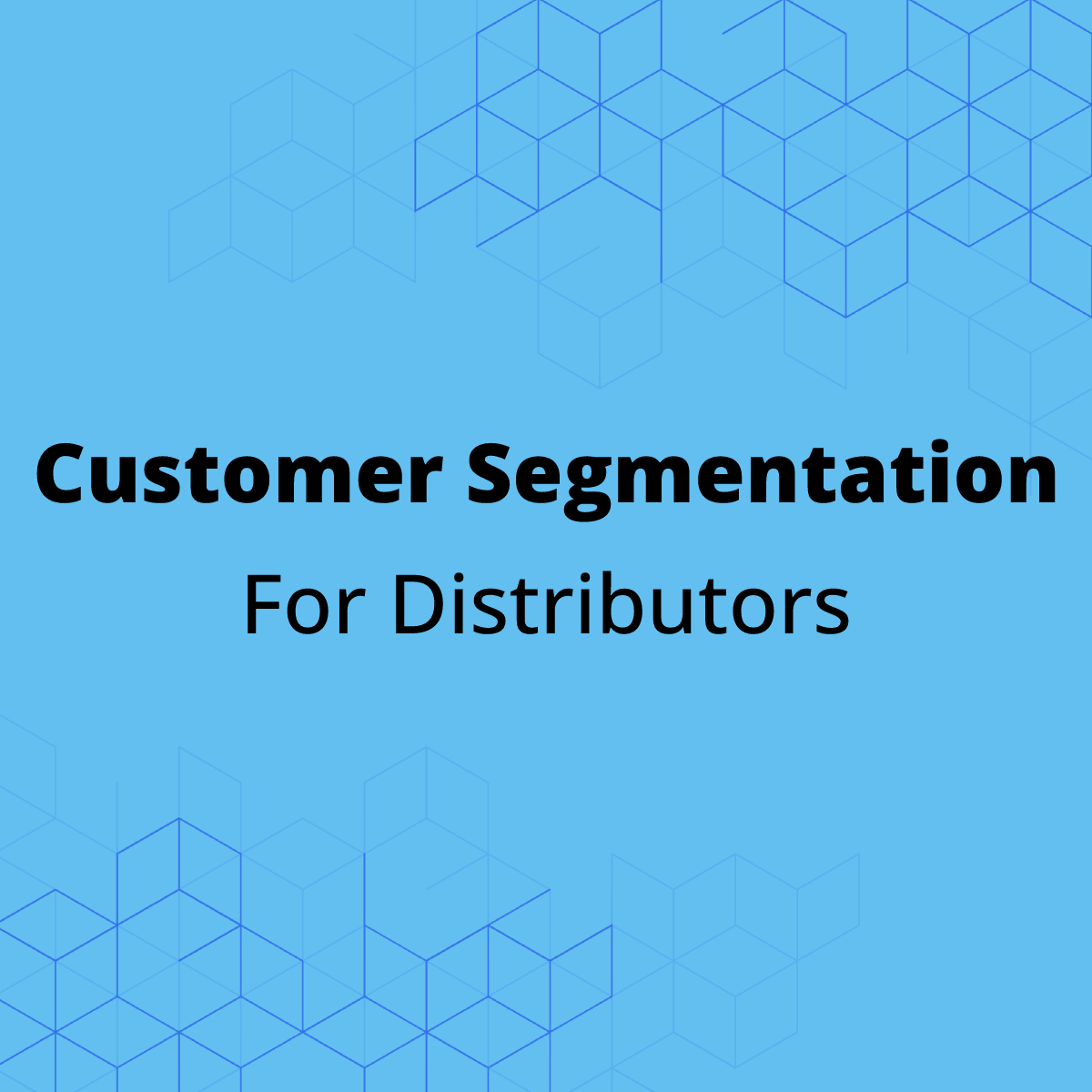epaCUBE customers have reported a 4.5% increase in gross profit from advanced customer segmentation. Unfortunately many distributors are not taking full advantage of their segmentation.
Why don’t distributors utilize robust segmentation? Quite simply, analyzing and updating customer segmentation is difficult. It involves a lot of hard work digging through data and defining your customer groups. Because the work is hard, most distributors never reexamine their customer segments, so their segments grow stale. Stale segments negatively affect profitability and perception of pricing.
Poor segmentation also effects your management discussions around strategy, pricing, customer experience and profitability Because segmentation is difficult, your management team ignores it. So no one agrees what defines good customers. But if you don’t know what defines a good customer, how can you manage your sales and pricing in a way that matches your goals and strategies?
Even if you took the time to set up great customer segments at one point in your company history, those segments are now inaccurate. Segmentation isn’t a one-time event. Customers change behavior over time and should be placed in different segments. Customers grow and shrink, they change their buying habits, they become more or less profitable over time. If you aren’t managing your segments proactively, you are losing profit on a daily basis. When segmentation is inaccurate, your sales reps and customers stop trusting your pricing, which then leads to higher overrides, lower margins and decreases in productivity compared to a price matrix built on accurate segments.
Customer Segmentation for Distributors is Different Than in Other Industries
Further complicating matters is the fact that segmentation for distributors is different than it is in other industries. There are a lot of so-called pricing experts who try to shoehorn the wrong segmentation strategies into your business. Only you can determine what is really important in your customer segments based on your own goals. Here are some ways those other strategies fail:
- Distributors cannot settle for geography. It’s important to know customer location, but two customers in the same geography buy for different reasons and are willing to pay different prices for the same products.
- Distributors cannot settle for demographics. Just because a customer is small to you, doesn’t mean they might be purchasing a lot more somewhere else.
- Attitudinal segments (e.g., product preferences) work for retailers and product brands, but your customer isn’t always the end user, so their own preferences may not affect their buying behavior.
Customer Segmentation for Distributors Should Be Based on Profitable Purchasing Behavior
The most important way to segment for distributors is profitable purchasing behavior.
Profit comes from customer segmentation because it leads to better pricing decisions and the key is to get to the real profit-related behaviors of customers. These include:
- Buying power: data like sales revenue, unique items, unique orders
- Profitability: defined with results like margin dollars, gross profit percentage, average order size
- Cost to serve: indicated by average lines per order, average line dollars, returns percentages, DSO
Fortunately, epaCUBE Segment Optimizer™ makes this simple.
epaCUBE Segment Optimizer lets you understand your customers based on what is important to you. You define and rank your customers based on the exact weighted mix of data elements that are important to you: Buying power, profitability and cost to serve. epaCUBE Segment Optimizer allows you easily keep your segments updated. You will increase profits, save time, reduce overrides, have better informed discussions and increase trust in your pricing matrix.
We would love to have an in-depth discussion about your approach to customer segmentation and how epaCUBE users are adding 440+ basis points of profit using epaCUBE Segment Optimizer. Please schedule a conversation with us today.

